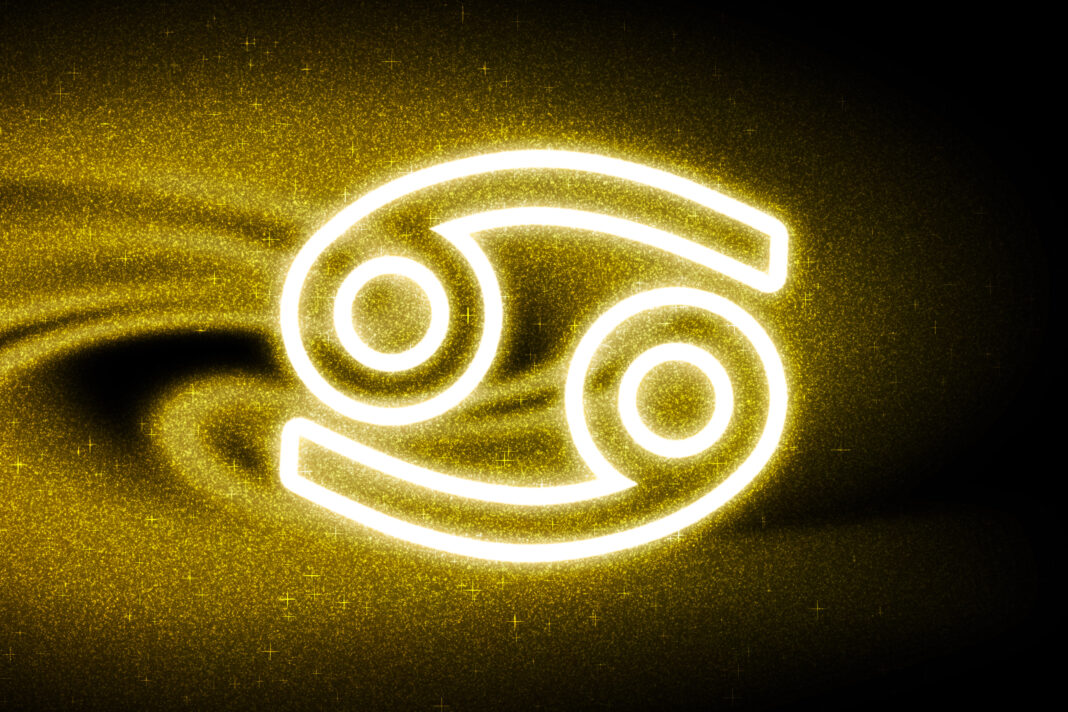Introduction of Neogenian Triskel
The Neogenian Triskel embodies a profound connection between humanity and the cosmos. Its origins trace back to ancient civilizations, where it was often associated with life cycles, nature, and spiritual beliefs. The symbol’s three spirals suggest concepts of growth, change, and continuity.
Each turn in the design represents a different aspect of existence—mind, body, and spirit or past, present, and future. This layered meaning resonates across cultures that have adopted similar motifs throughout history.
In various contexts—from Celtic traditions to Gnostic teachings—the triskel has served as an emblem of harmony and balance. It reflects the interconnectedness inherent in all living things.
Today’s fascination with the Neogenian Triskel highlights its timeless appeal. People are drawn to its beauty while searching for deeper connections to their heritage or personal philosophy. This enduring symbol continues to inspire curiosity about our shared human experience.
Neolithic to Iron Age
The Neogenian triskel has deep roots that trace back to the Neolithic era. During this time, early humans began to develop intricate symbols that represented their understanding of life and nature. The spiral design of the triskel reflects a connection to cycles—be it seasons, growth, or even death.
As societies evolved into the Iron Age, these motifs gained further significance. The three spirals came to symbolize more than just natural phenomena; they embodied concepts like unity and balance. Artisans skillfully crafted variations of the triskel in metalwork and pottery.
Communities began using the symbol as a marker of identity and spirituality. Each culture adapted its interpretation based on local beliefs, creating diverse representations across regions.
This journey through time shows how deeply intertwined symbols can be with human experience. The neogenian triskel emerged not just as art but also as an essential part of social fabric during these formative periods.
Classical Antiquity
Classical Antiquity marked a significant evolution in the representation of symbols like the neogenian triskel. Ancient Greek and Roman cultures began adopting and adapting various motifs, including those that represented life cycles, harmony, and balance. The triskel emerged as a popular design element in art and architecture during this period.
In Greece, the symbol often appeared on pottery and coins, illustrating its importance in daily life. The Greeks associated it with motion and progress—an ever-turning wheel signifying time’s relentless march forward.
Meanwhile, Romans integrated similar designs into their mosaics and sculptures. They echoed themes of fate and destiny through intricate representations of triple forms.
This era laid foundational ideas about symbols that resonate to this day. The neogenian triskel became not just an artistic expression but also a philosophical concept reflecting humanity’s pursuit of understanding existence itself.
Roman period and Late Antiquity
During the Roman period, the Neogenian Triskel began to evolve significantly. With the rise of Roman culture, many ancient symbols were adopted and adapted. The triskel became intertwined with different meanings as it transitioned from a local symbol to one embraced across various territories.
As Rome expanded its reach, so did the significance of this emblem. It represented not just movement but also unity among diverse cultures within the empire. People saw it as a connector—a symbol that transcended boundaries.
Late Antiquity brought further transformations. Early Christians encountered these motifs and reinterpreted them through their lens of faith. The triskel’s triple spiral resonated with themes like Trinity, reinforcing its spiritual dimension.
Artistic representations flourished during this era. Mosaics and sculptures showcased variations of the design, linking past traditions with emerging beliefs in a visually compelling manner. The Neogenian Triskel thus stood at the crossroads of history, embodying change while retaining its essence through centuries.
What Is the Neogenian Triskel?
The Neogenian Triskel is a captivating symbol that fuses ancient wisdom with modern interpretations. Characterized by its three interconnected spirals, it embodies ideas of movement and growth. Each spiral represents different aspects of existence, such as life, death, and rebirth.
This emblem draws heavily from various cultural influences throughout history. The design can be traced back to numerous civilizations, showcasing its adaptability over time. It has evolved yet maintains core elements that resonate across generations.
Many people are intrigued by the Neogenian Triskel for its aesthetic appeal and deeper meanings. Its flowing lines create a sense of harmony while inviting contemplation on life’s cyclical nature.
Today, the Neogenian Triskel serves not only as an artistic expression but also as a spiritual guide for many seeking connection with their roots or understanding their journey through life’s phases.
Symbolism Behind the Neogenian Triskel
The Neogenian Triskel is rich in symbolism, reflecting the interconnectedness of life. Its three spirals often represent the past, present, and future. This triadic form resonates deeply with our understanding of time and existence.
Another interpretation revolves around the elements: earth, water, and sky. Each spiral can symbolize a different aspect of nature’s cycle. Together, they embody balance and harmony within the universe.
Spirituality also plays a crucial role in its meaning. Many cultures view this symbol as a representation of mind, body, and spirit unity. The seamless flow suggests that these dimensions are interdependent.
Moreover, movement is integral to understanding the triskel’s significance. It embodies perpetual motion—a reminder that life is ever-evolving. This essence encourages individuals to embrace change while remaining grounded in their core values.
The Origins: Ancient Meets Neo
The Neogenian Triskel is a fascinating blend of ancient symbolism and modern interpretation. Its roots can be traced back to early civilizations, where the triple spiral design represented continuity and the interconnectedness of life. This historical context provides a rich tapestry for understanding its significance today.
As cultures evolved from the Neolithic period through Iron Age societies, these motifs took on various meanings. Each iteration reflected the beliefs and practices of those times while retaining core elements that resonate with us now.
In contemporary spaces, artists and designers draw inspiration from these ancient forms, infusing them with fresh perspectives. The triskel serves not only as an aesthetic choice but also as a nod to our shared human heritage.
This bridging of eras underscores how symbols like the Neogenian Triskel continue to evolve while maintaining their foundational essence—connecting past wisdom with present-day experiences in profound ways.
Modern Applications of the Neogenian Triskel
The Neogenian Triskel has found its way into various aspects of modern life. Artists and designers incorporate this ancient symbol into contemporary art, jewelry, and fashion. Its spiraling form evokes a sense of movement and dynamism that resonates with today’s creative spirits.
In wellness circles, the triskel is embraced for its representation of balance—between mind, body, and spirit. People often use it as a meditative focus point or as part of spiritual practices aimed at fostering harmony within oneself.
Businesses also leverage the symbolism behind the Neogenian Triskel in branding. Companies seeking to convey innovation or continuity may adopt this emblem to communicate their core values effectively.
Even in digital realms like social media platforms, users share images featuring the triskel to express personal philosophies or interests. This versatility showcases how an ancient symbol can evolve while retaining its meaningful essence for new generations.
Why People Connect with the Neogenian Triskel Today
The Neogenian Triskel resonates with many people today because it embodies a sense of connection to the past. This ancient symbol serves as a bridge between history and modern life, inviting individuals to explore their roots.
Its design captivates those who appreciate art and culture, making it more than just an emblem; it’s a conversation starter. The triple spiral motif often signifies unity, balance, and progress—values that are universally appealing in contemporary society.
Moreover, the rise of spiritualism has brought renewed interest in symbols like the Neogenian Triskel. Many find comfort in its representation of cycles and transformation, reflecting personal growth journeys that resonate with their experiences.
Social media platforms have accelerated this fascination by showcasing various interpretations and artistic expressions involving the triskel. People connect through shared meanings or tattoos adorned with this symbol—a testament to its timeless allure.
The Psychology of Triple Symbols
Triple symbols resonate deeply within the human psyche. They often evoke a sense of completeness and balance. The number three is universally significant, appearing in various cultures and mythologies. This repetition creates a rhythm that feels inherently satisfying.
Psychologically, triple symbols can represent the triad of body, mind, and spirit. Each element supports the others to form a holistic view of existence. Such symbolism encourages individuals to seek harmony in their lives.
Additionally, these symbols often signify transformation and progress. Consider how stories frequently revolve around three characters or key events leading to resolution or enlightenment. This structure not only captivates but also mirrors our journey through life.
The Neogenian Triskel embodies this psychological framework beautifully. It invites reflection on personal growth while offering a visual representation of interconnectedness among diverse aspects of life.
Criticism and Skepticism
The Neogenian Triskel, while celebrated by many, does face its share of criticism and skepticism. Detractors argue that the symbol’s interpretations can be overly romanticized or tied to contemporary beliefs that may not align with historical accuracy. This raises questions about how much modern understanding influences our perception of ancient symbols.
Some critics point out that the lack of definitive evidence regarding its original meanings leads to speculation. They caution against attributing too much significance without concrete archaeological support. The fluidity in interpretation can leave room for misrepresentation or appropriation.
Additionally, there are concerns around commercialization. As the Neogenian Triskel gains popularity, it risks becoming a trendy motif stripped of its deeper meaning—overshadowed by design trends rather than spiritual significance.
Skeptics also highlight cultural appropriation issues when adopting this symbol outside its native contexts. It becomes essential to approach such symbols with respect and awareness of their origins and implications within various cultures.
The Future of the Neogenian Triskel
The Neogenian Triskel stands at a fascinating crossroads of history and modernity. As people increasingly seek deep connections to their cultural roots, symbols like the neogenian triskel resonate strongly. They evoke a sense of continuity while inviting new interpretations.
Looking forward, this emblem is likely to evolve further. Artists may incorporate it into contemporary designs, merging ancient meanings with modern aesthetics. Spiritual communities may adopt the symbol in practices that emphasize balance and unity.
Moreover, as global cultures intermingle, the neogenian triskel could find itself embraced by diverse groups seeking meaning beyond its original context. Its adaptability makes it appealing for various purposes—be it art, spirituality, or even fashion.
As we move into an era where symbolism plays a crucial role in personal identity and collective consciousness, the future of the neogenian triskel seems bright. It will continue to inspire curiosity and provoke thought about our place within both history and society today.



